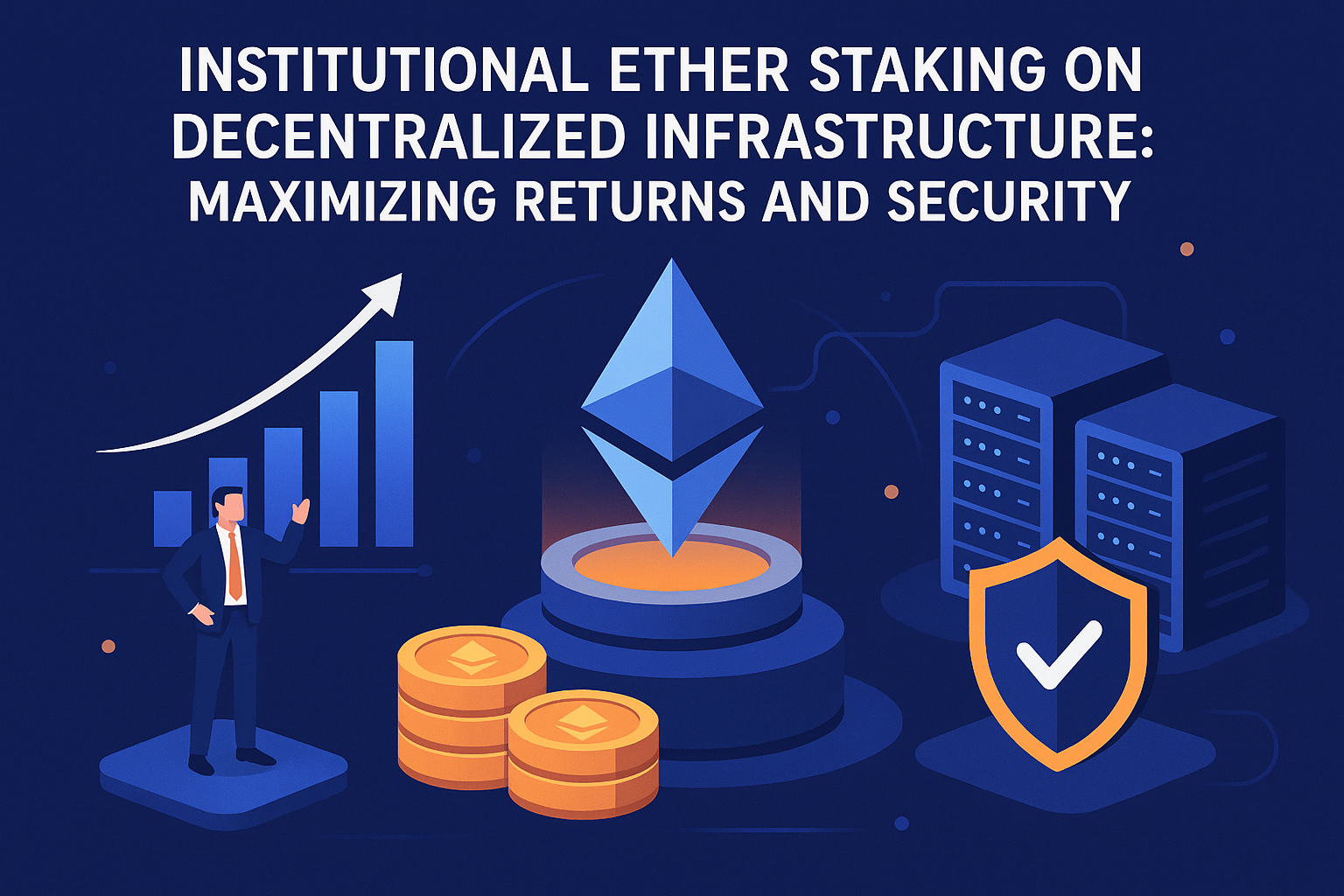Table of Contents
In the digital age, Ethereum staking has emerged as a compelling alternative to traditional banking.
This article explores the key differences between the two systems, focusing on aspects such as security, financial returns, accessibility, and transaction efficiency. There are plenty of platforms that utilize a blockchain for a variety of purposes such as trading crypto coins.
Traditional Banking: Overview and Limitations
Traditional Banking plays a pivotal role in the global financial system, serving as a trusted intermediary between individuals, businesses, and governments. It encompasses a range of financial services, including deposit accounts, loans, investments, and payment processing. Traditional banks operate within regulatory frameworks established by central banks and government authorities.
One of the key features of traditional banking is the provision of deposit accounts, which allow individuals and businesses to store their funds securely. These accounts often offer various services such as check writing, debit cards, and online banking platforms for easy access to funds. Additionally, traditional banks provide loans to individuals and businesses for various purposes, including mortgages, personal loans, and business financing.
Despite its longstanding presence, traditional banking does come with certain limitations. One significant concern is the lack of transparency within the system. Banks often operate using complex structures and financial instruments that can be difficult for customers to fully comprehend.
Accessibility and inclusivity are also areas where traditional banking faces challenges. Many individuals, especially those in underbanked or underserved communities, struggle to access banking services due to geographical constraints, lack of documentation, or insufficient credit history. This limited accessibility can perpetuate financial inequality and exclude certain segments of the population from participating fully in the formal financial system.
Furthermore, traditional banks typically offer relatively low-interest rates on savings accounts and fixed-term deposits. This can limit the potential financial returns for individuals and investors seeking to grow their wealth. Additionally, traditional banks often provide limited investment opportunities compared to more diverse investment options available in other financial markets.
Traditional banking serves as a cornerstone of the financial system, providing essential services to individuals and businesses. However, it also faces limitations, including opacity, limited accessibility, and relatively low financial returns. As the landscape evolves, it is important to assess the role of traditional banking in comparison to emerging alternatives like Ethereum staking.
Comparative Analysis: Ethereum Staking vs. Traditional Banking
When it comes to security and privacy, Ethereum staking leverages the robustness of blockchain technology. The decentralized nature of Ethereum's blockchain provides enhanced security measures, making it resistant to hacking and fraud. In contrast, traditional banking systems rely on centralized databases, which can be vulnerable to cyber-attacks and data breaches. Moreover, Ethereum's blockchain offers users a higher degree of privacy and anonymity compared to traditional banking, where customer information is often subject to strict regulatory requirements and potential breaches.
Financial returns and interest rates are significant considerations for individuals and investors. Ethereum staking offers the potential for higher financial returns compared to traditional banking, primarily due to the volatile nature of cryptocurrencies. Staking Ethereum allows participants to earn rewards in the form of additional cryptocurrency tokens, which can appreciate in value over time. Traditional banking, on the other hand, typically offers lower interest rates on savings accounts and fixed-term deposits, resulting in comparatively lower potential financial returns.
Accessibility and global reach are crucial factors in assessing the merits of Ethereum staking versus traditional banking. Ethereum staking provides individuals with the opportunity to participate in the ecosystem irrespective of their geographical location. This accessibility is particularly beneficial for individuals in underserved or underbanked regions who may not have access to traditional banking services. In contrast, traditional banking services are often subject to geographical limitations, making it challenging for individuals in remote areas to access financial services.
Transaction speed and efficiency are areas where Ethereum staking demonstrates notable advantages over traditional banking. The use of blockchain technology enables Ethereum transactions to be executed swiftly, with reduced processing time compared to traditional banking transfers that often involve intermediaries and clearing houses. Ethereum's blockchain also enhances the efficiency of transaction settlement by eliminating the need for manual reconciliation and streamlining the process through smart contracts.
The comparative analysis of Ethereum staking and traditional banking highlights the distinct differences between the two systems. Ethereum staking offers enhanced security, potentially higher financial returns, greater accessibility, and faster transaction speed compared to traditional banking. While traditional banking remains an integral part of the financial landscape, the rise of Ethereum staking signifies the emergence of a disruptive alternative that challenges traditional norms and offers new possibilities for individuals and investors.
Conclusion
As we weigh the merits of Ethereum staking against traditional banking, it becomes evident that the former offers enhanced security, potentially higher financial returns, greater accessibility, and faster transactions. While traditional banking still holds its place, the rise of Ethereum staking signifies a paradigm shift in the financial landscape.








